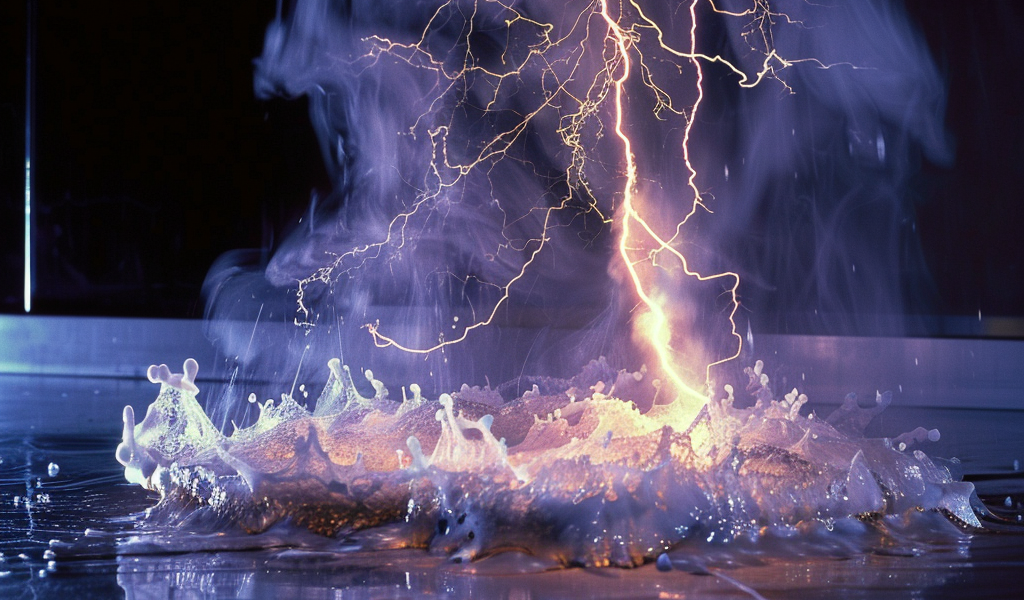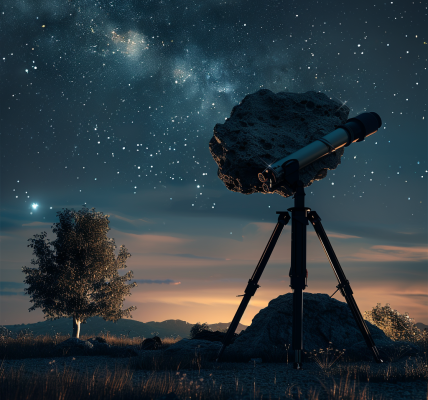The search for the origin of life on Earth has long been a topic of fascination for scientists and researchers. The first signs of microbial life emerged around 3.5 billion years ago, but the question of how life actually began remains a mystery. With several hypotheses and theories, scientists have been delving into the possibilities of how life could have emerged on a hot and rocky planet like Earth.
Earth formed around 4.6 billion years ago, and during its early years, the planet’s surface was inhospitable, being heavily bombarded by comets and asteroids. However, roughly a billion years later, evidence of life in the form of fossilized microbial mats began to appear, sparking the question of how life transitioned from non-life over the course of half a billion years.
1. Sparked by lightning
One popular theory suggests that the atmospheric conditions at the time life appeared were very different from the present. Nobel Prize-winning chemist Harold Urey proposed that the early Earth had an atmosphere dominated by nitrogen and methane, which could efficiently produce organic compounds, the precursors to life. The famous Miller-Urey experiment, which simulated the early Earth’s conditions by creating a closed system and zapping it with electricity to represent lightning, yielded astonishing results. Within a week, the experimental ‘ocean’ had turned reddish brown due to the creation of amino acids, the building blocks of life.
Further research has revealed that while the planet’s early atmosphere may have been somewhat different from the experiment, the principles behind it remain valid. Lightning, asteroid impacts, and ultraviolet radiation from the Sun could have combined to create the necessary chemicals for life, potentially leading to the formation of ribonucleic acid.





